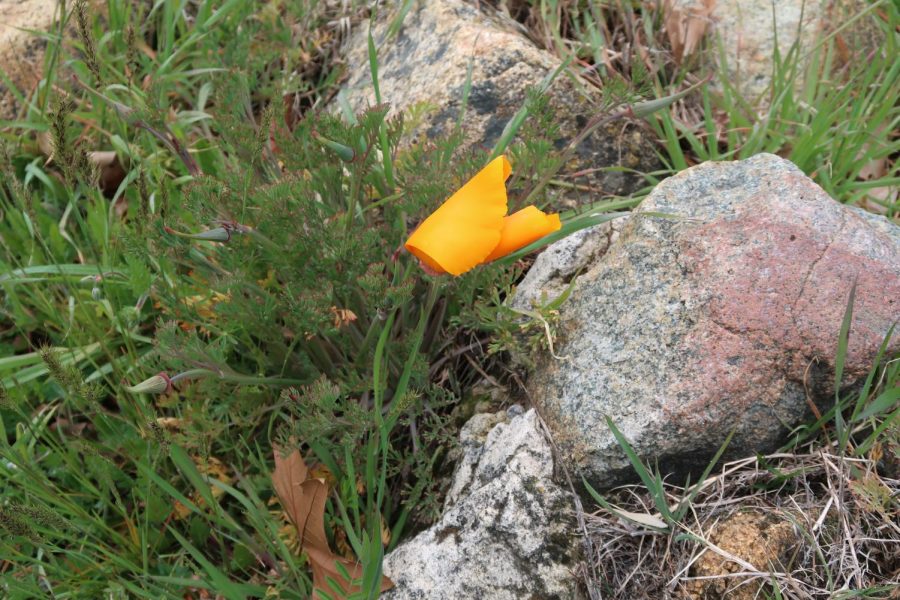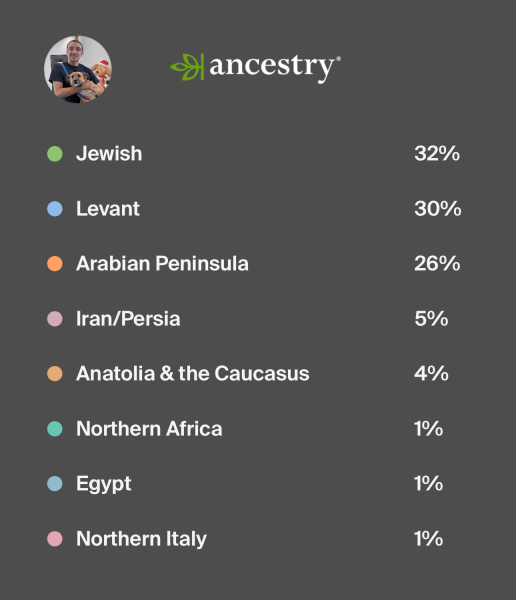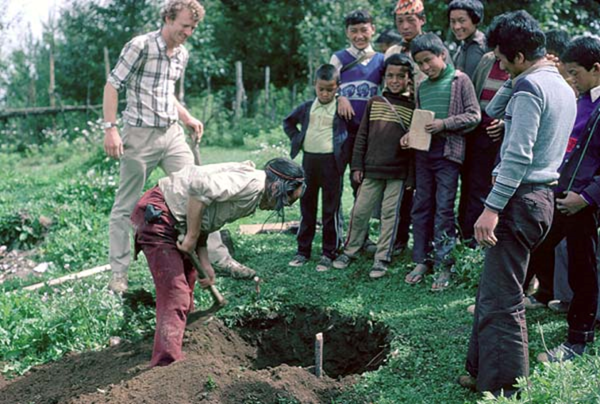“Be ever thankful that so rare a flower is common:” Spotting native plants in Northern California
The significance of native plants and species to look for this spring
My personal favorite native plant species, the California poppy closes up in cloudy weather. Photo by Heather Taylor
I have often taken note of nature around me with a surface-level understanding. When patches of vibrant orange poppies begin to sprout along the roadways, I know spring has arrived and days full of sunshine are ahead. If I start to notice yellow pollen on the oak trees, I need to start taking my seasonal allergy medicine in earnest. Most of my earliest memories are of being outdoors, and yet the flora around me in these observations and memories is a background element, not the focus. In recent years I have become more aware of how vital plants such as poppies and oak trees are for our ecosystem.
Popular hikes such as Oroville’s Table Mountain trail, provide opportunities to enjoy wildflowers, but many native plants can be seen even without leaving town. An abundance of resources are available to aid the process of discovery and encourage further learning.
What are native plants and why do they matter?
Native plants, as defined by the United States Department of Agriculture, are plants which “occur naturally in a particular region, ecosystem, or habitat.” While local wildflowers are the most noticeable example of native species, they also include trees, shrubs, grasses and aquatic plants.
In California, there are approximately 6,500 different species of native plants, which is more than any other state. Some of these plants are only found in California and over 200 species are considered rare or endangered.
Naturally occurring plants are not only preferred by local wildlife, but they also require less maintenance and resources than other plants. They often need less water and can contribute to erosion control.
Putting it into perspective, The Audubon Society explains in contrast to imported species, which can host only about five types of caterpillars, native oak trees can host over 500. In turn, these caterpillars serve a purpose to the ecosystem, including feeding local bird species.
“Native plants are the building blocks for all terrestrial ecosystems,” said botanist Naomi Fraga.
What native plant species can you look for?
Michelle Fullner is the host of “Golden State Naturalist,” “a podcast about asking questions and experiencing wonder. It’s a place to bring your curiosity about the natural world in California.”
Fullner, an English teacher and California naturalist, is passionate about the topic of native plant species.
“No one in my family ever used the words ‘native plants’ when I was a child, and I wouldn’t learn that term until just a few years ago, already years into my 30s, but the plants themselves have been close to my heart for as long as I can remember,” Fullner said.
She shared several plant species to look out for on hikes, walks or drives this year. The first native plant species Fullner recommended are some of her favorites: oak trees.
“I know this is a broad category, but oaks really are incredible,” Fullner said. “California has over 20 native species of them (though you’re most likely to encounter blue oaks, valley oaks, black oaks, and interior oaks around Chico!) and they all support hundreds of species of vertebrate and invertebrate animals.”
In spring, most oak trees won’t be full of their signature acorns, but Fullner said people can still look out for “the trailing flower tendrils hanging from the twiggy ends of newly leafed-out branches.” These strands are known as catkins, and in summer and fall acorns will grow in their place.
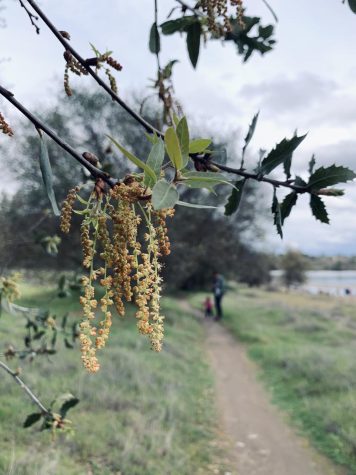
Those exploring the upper park area of Bidwell Park will see not only living oak trees but also the remnants of a historically significant tree. The Hooker Oak tree, named by the Bidwell family after a famous naturalist, was considered one of the largest oak trees in the world. The tree was featured in Errol Flynn’s 1938 “Robin Hood” film. It fell in the 1970s, and the wood was milled, but part of the stump and a plaque can still be seen today.
Another native plant of note, which is a background shrub to many hikes, is manzanita. This bush has smooth, rust-colored bark, dusty mint-green leaves and when blooming, small pink flowers.
In an article for the California Native Plant Society, Rob Moore recommends replacing imported garden shrubs with native manzanita which thrives in hot, dry summers and colder winters. The plant also has cultural and historical significance.
“Manzanita has a rich history in California,” Moore said. “California’s Native Americans utilized the decorative berries and leaves for beverages such as tea, extracts for headaches and lotion for relief from poison oak.”
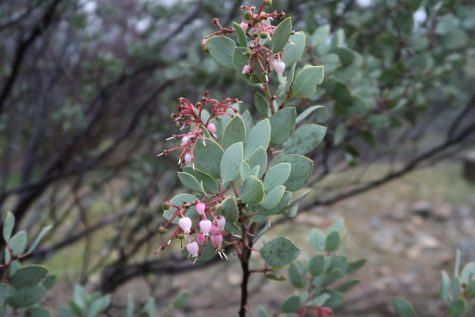
Fullner recommends another shrub with specific adaptations which help it survive and reproduce in California. The ceanothus, known as the California lilac, is plentiful around the Chico area.
“Look out for a medium to large bush covered with clusters of tiny white, blue or purple flowers,” Fullner said. “These shrubs don’t burn easily, and their seeds actually need fire to germinate. Each time you come to a new individual, remember that it has its own story, closely entwined with the history of fire in California.”
The clustered flowers of the ceanothus draw in bees and butterflies, making the plant a strong pollinator supporter.
Another plant recommended by Fullner also hosts a special insect. The California pipevine is typically found around water, and while the leaves are not especially notable, the flowers are unlike what most people would expect.
“As the name suggests, the flower looks like a pipe – one that’s a pale greenish-white in color with purple veins running through it,” Fullner said.
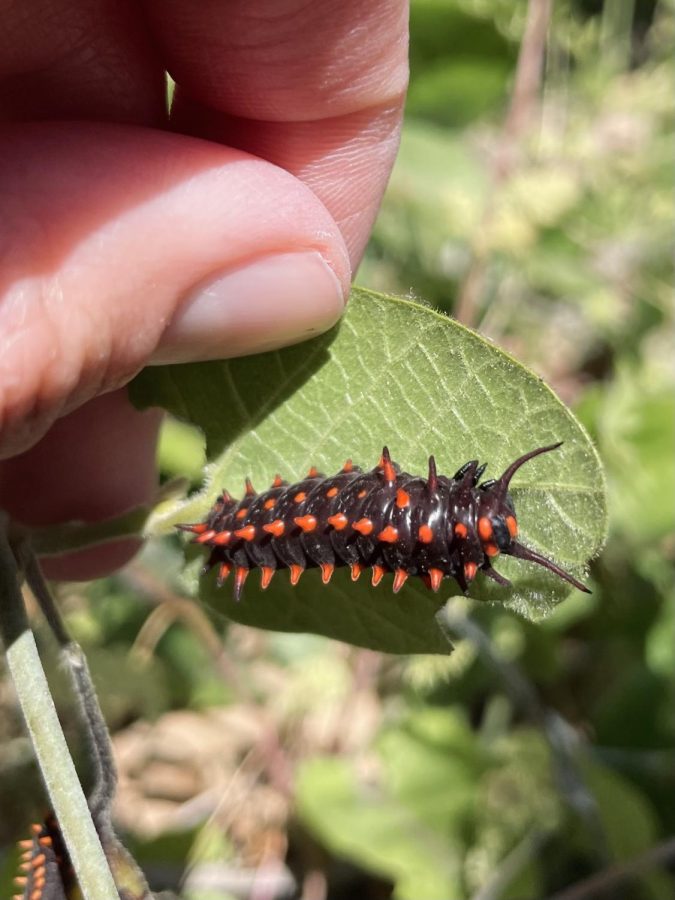
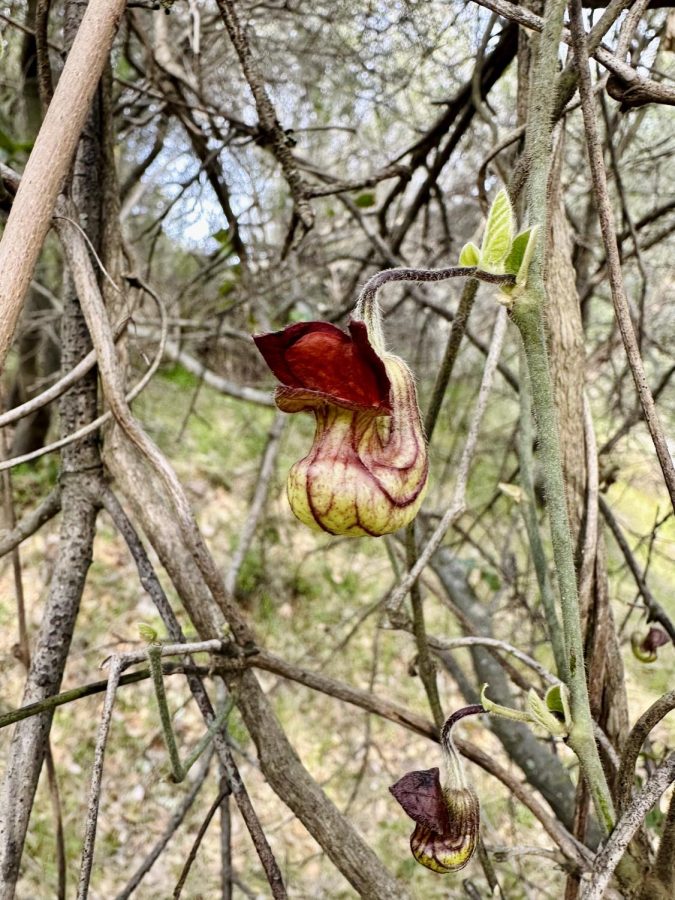
The plant is the host of the California pipevine butterfly, which has been the subject of some conservation efforts in recent years. The beautiful butterfly metamorphosizes from a much more intimidating-looking black-and-red spiked caterpillar.
“This plant brings forth beauty out of beauty and wonder out of wonder,” Fullner stated. “Both the plant and the butterfly are endemic to (found only in) California.”
My own favorite native plant is much more basic than the alien-like pipevine but is still a beautiful flower to look for. The California poppy, often photographed in recent “super blooms,” is native to a broad stretch of the Pacific coast. This plant is bountiful alongside roadsides as well as residential gardens.
“In its abundance, this colorful plant should not be slighted: cherish it and be ever thankful that so rare a flower is common,” wrote botanist John Thomas Howell.
The plants are easy to grow as they will sprout in shallow soil, and in ideal conditions, the poppies will reseed and continue to grow each year.
While it is not strictly illegal to pick California poppies, it is better to enjoy them in a sustainable way, as they will lose petals quickly after being cut. Instead, take photos, or buy seeds to cultivate your own flower patch!
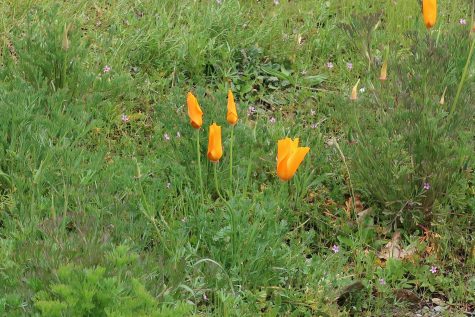
Where can you find more information about native plant species?
Resources to learn more about native plant species abound.
Chico’s local Native Plant Society is the Mount Lassen Chapter. The society hosts field trips, monthly meetings and events to educate the public about naturally occurring plants in the area.
An upcoming wildflower show by the society will take place on April 16 at noon. The event, held at the CARD community center, will feature many native plants on display alongside informational booths.
The society also provides virtual tours of native plant gardens, available at any time and suitable for individualized learning and exploring. In a pamphlet highlighting local native plant gardens, the society includes multiple sites on the Chico State campus, alongside other Chico locations.
Michelle Fullner’s “Golden State Naturalist” podcast is an engaging exploration of California botany, which she created to fill an empty space in the podcast world.
“I looked for a podcast that might help me stay connected to the incredible biodiversity found here in California. When one didn’t pop up in my search, I decided to start my own! Now I get to talk with experts on a variety of topics relation to the natural world in California all across the state. What a dream.”
Fullner said the podcast allows her to reconnect with places she enjoyed in her childhood, but moved away from throughout her education and career. In addition to being a way to encourage a personal connection to nature, the podcast serves to engage others as well, through conversations that are intelligent while also informal and approachable.
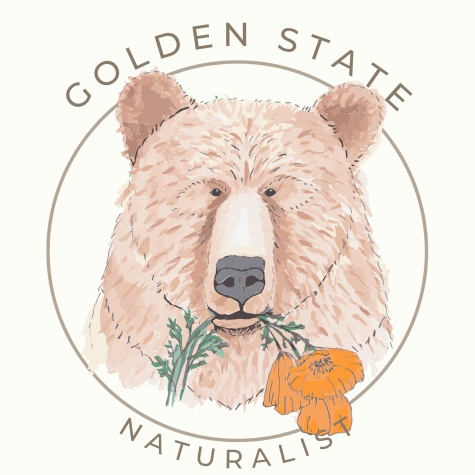
Other creators Fullner recommends include Instagram and TikTok creators who share their experiences and knowledge. “Specifically @SFinBloom (for bee-suited native wildflower restoration in unused urban spaces) and @Sacramentofoodforest (expect both profanity and hilarity from this one),” Fullner said.
Online resources include CalScape and CalFlora. These databases are ideal for looking up specific plant species to learn more details about them. Region-specific searches and lists are available to find out what plants are native to a certain place.
As the world around us turns green once more and leaves and flowers begin sprouting, it is an ideal time to cultivate a more mindful understanding of the multitude of native California plants we are privileged to see daily.
Heather Taylor can be reached at [email protected]








